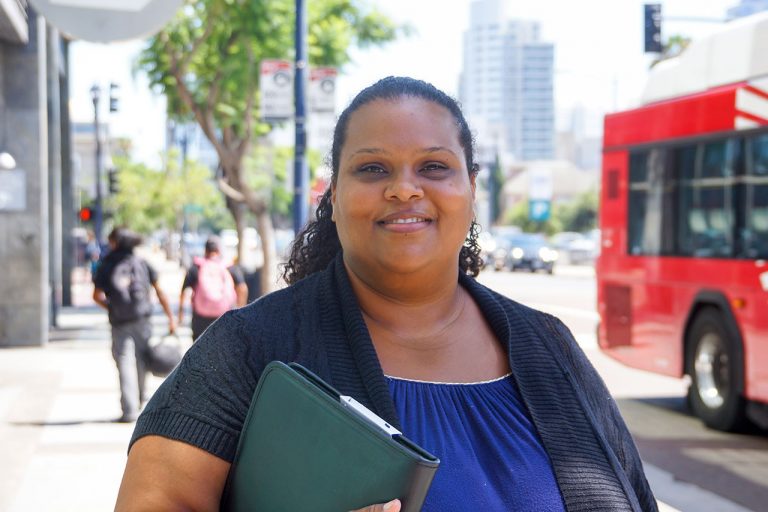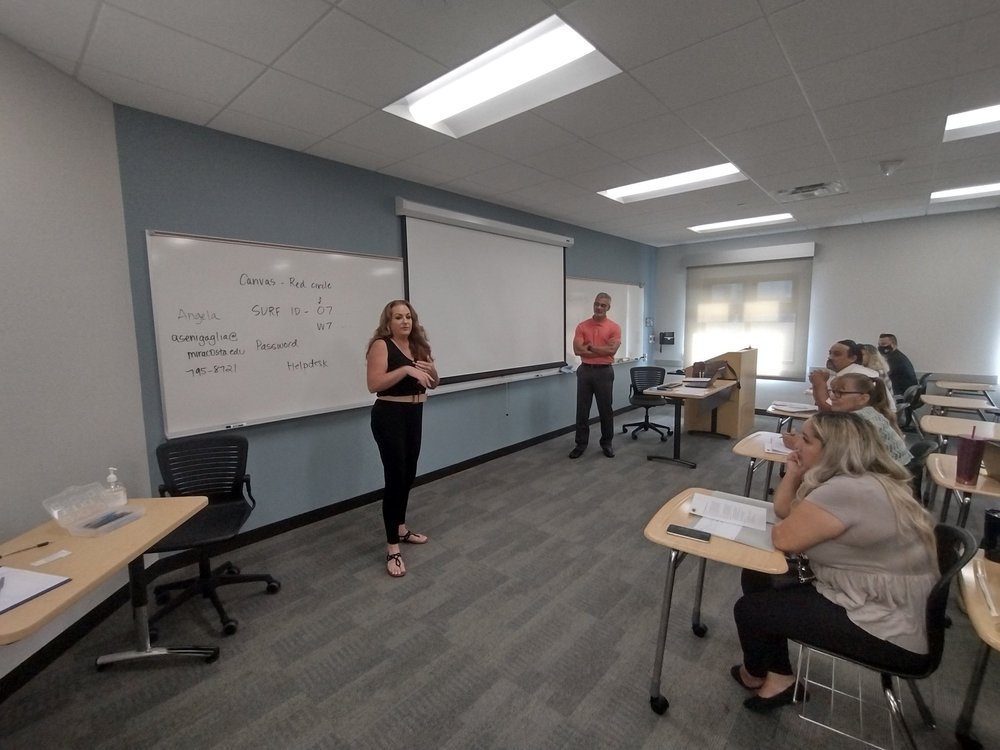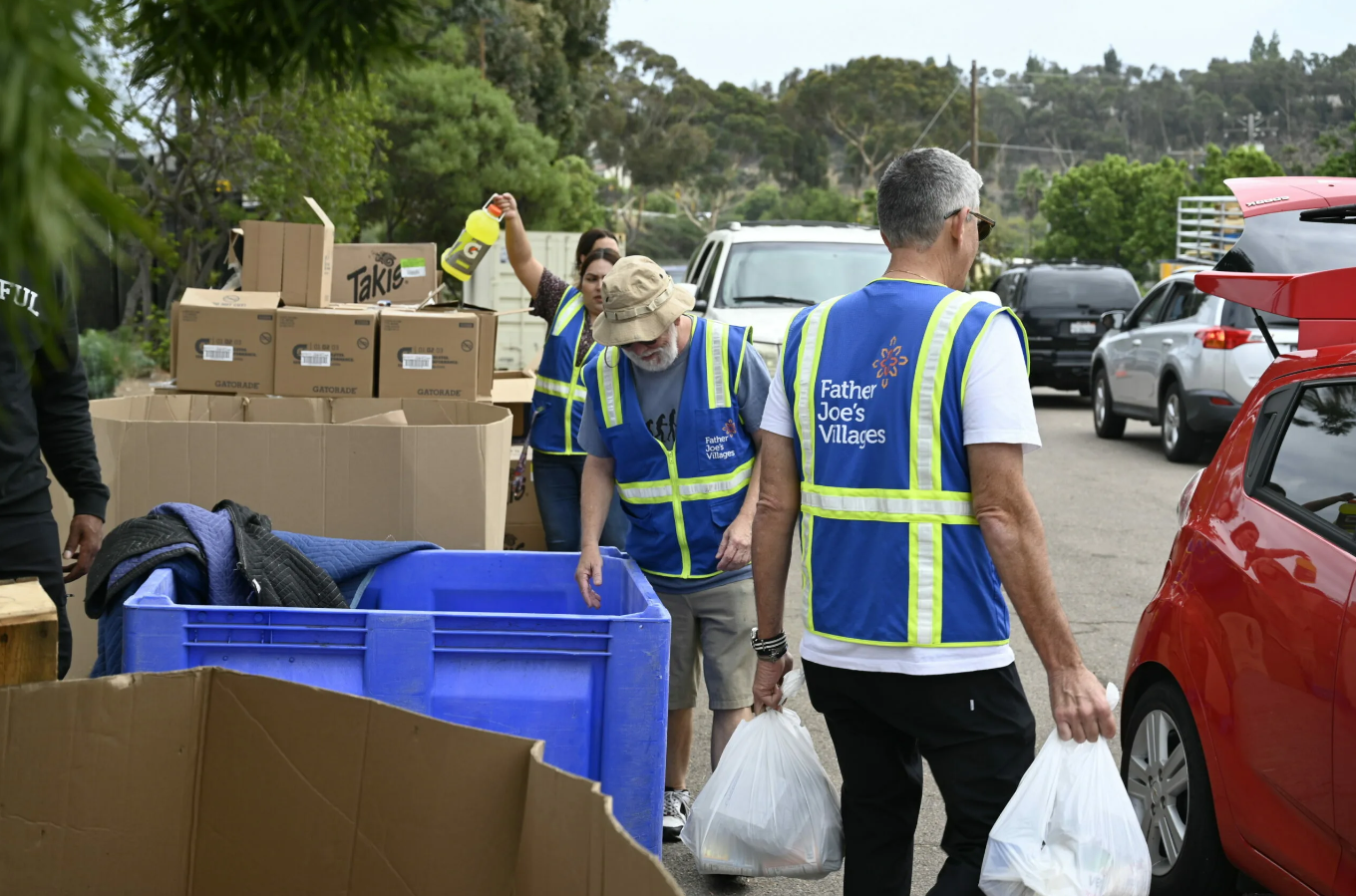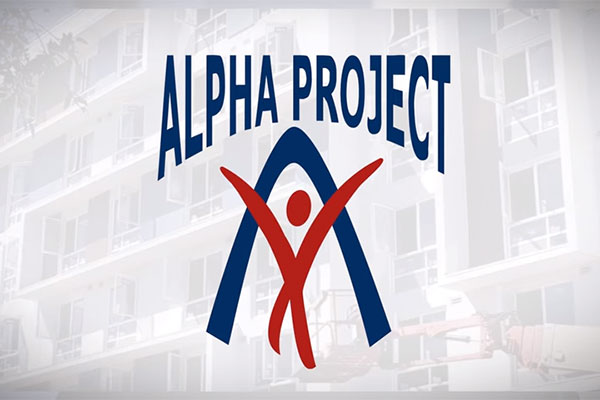UPWARD MOBILITY
How might we design pathways that empower individuals seeking employment and ultimately, housing stability?
Achieving economic mobility is a critical challenge for individuals experiencing housing insecurity. There are often systematic barriers such as lack of education, employment opportunities, and stable housing. In 2022, for every 10 people exiting homelessness, another 13 people lost their home due primarily to financial reasons (source, source). In addition, renters who involuntarily lose their homes are 11% to 22% more likely to also lose their jobs. (source). Providing access to job training, educational programs, and affordable housing solutions is essential to fostering pathways for long-term stability.
How can design facilitate people’s upward mobility, increasing positive exits from homelessness? Check out a more specific breakdown of the problem and example solutions below:
PROBLEM ANGLES
Obtaining Documents
How can we design solutions to provide more efficient access to identity and other essential documents?
Navigating the maze of obtaining and managing these essential documents is often the first barrier for individuals trying to exit homelessness. Without access to identification, employment records, or housing applications, securing a job or a place to live becomes difficult. Lacking a photo ID can also lead to legal complications, with 59.8% of respondents reporting that they experienced harassment or arrest when unable to provide identification (source). Creative solutions can streamline the process of acquiring, storing, and organizing these critical documents, ensuring paperwork is readily available when needed.


Connection To Existing Services
How can we design better ways for the unhoused to get connected to existing services?
Essential services such as document acquisition, financial literacy, food assistance, healthcare, and, most critically, job training, are fundamental to helping individuals stabilize their lives. Local training programs have proven effective in enabling people experiencing homelessness to secure long-term employment, breaking cycles of poverty and instability (source). Connecting the unhoused with these existing services is crucial, as they offer immediate relief while building the foundation for sustained, long-term success.
Equitable Hiring Practices
How can we design hiring systems that reduce unconscious biases?
The stigma associated with homelessness can be a major obstacle for those trying to (re)enter the job market. Employers often hold biases about the reliability, work ethic, and background of homeless individuals or those with a history of incarceration, making employment difficult to secure (source). For those experiencing homelessness with disabilities, enhancing upward mobility is further complicated by the need for accommodations. Addressing and reducing this stigma through strategies like awareness campaigns, education, and employer incentives can open doors for vulnerable populations, allowing them to prove their capabilities in the workforce.












